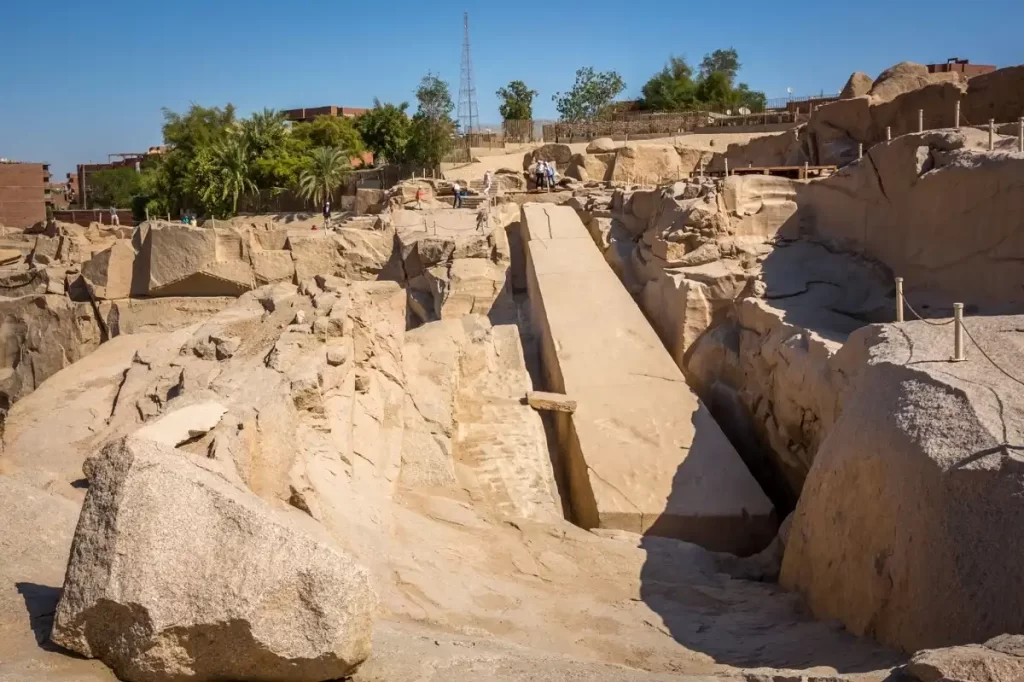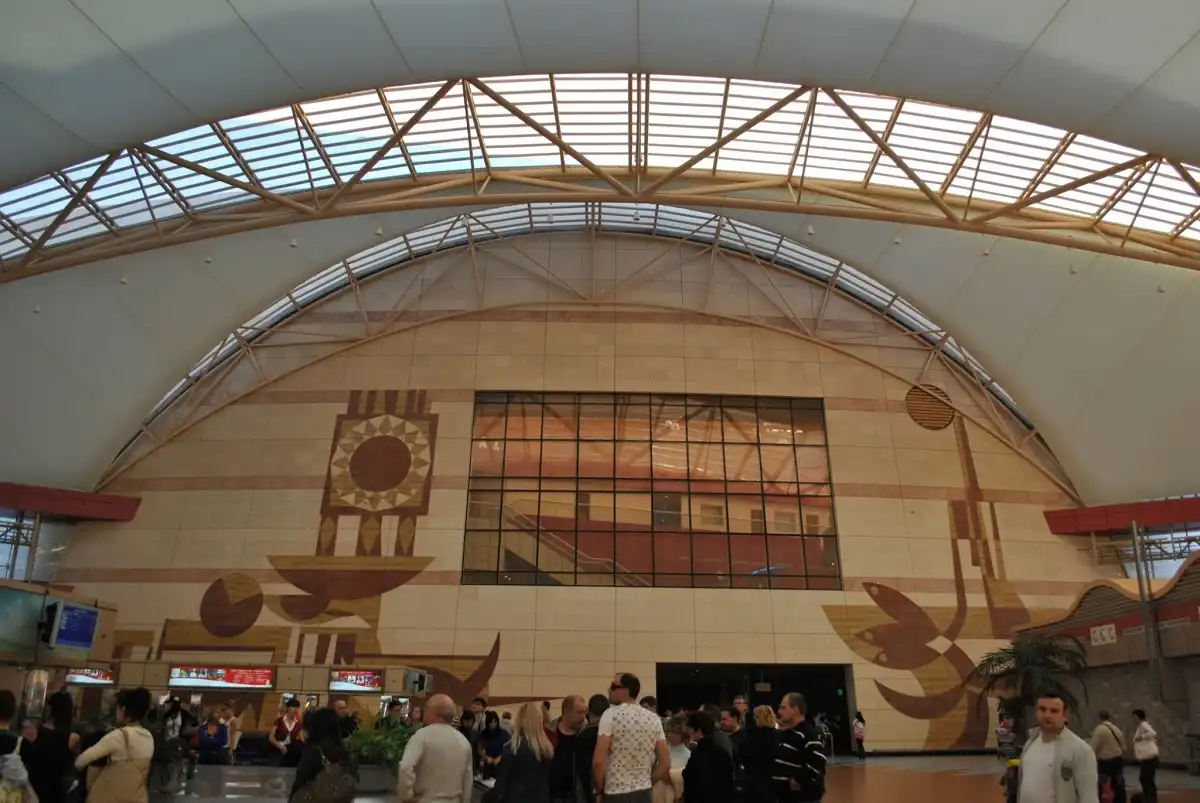
The Unfinished Obelisk
[ez-toc]
The majestic Unfinished Obelisk, one of Aswan’s magnificent monoliths, serves as a tangible example of the unparalleled brilliance and talent of ancient Egypt, which sought to fashion a vast story from stone. It is without a doubt the biggest obelisk ever built, but sadly it was never finished. It presents an opportunity to give some light on the process by which Hatshepsut, during Egypt’s New Kingdom, built such enormous temples in ancient Egypt. This timeless work of magnificent art holds the key to completely comprehending the method used in ancient Egyptian architecture.
The unfinished obelisk’s history
It was constructed in a highly unusual way, using Greek-inspired construction with four sides that converged into a little pyramid shape at the summit of the obelisk. It was created during the 18th dynasty in the new kingdom by Queen Hatshepsut, the wife of King Thutmose II (1478–1458 B.C. ), to be erected in the Karnak temple and to match the Lateran Obelisk, which was first situated in Karnak before being transported to Rome. If finished, it would have stood 42 meters tall, making it the tallest obelisk in history. However, the project was sadly abandoned when multiple flaws were found in the obelisk. It was originally placed in a red granite quarry in Aswan. It would also have been the heaviest obelisk weighing 1200 tons.
Origin of Obelisks
The obelisk was sculpted from the red granite bedrock to symbolize the primordial mound from the creation myth when the world first began. Because they identified the obelisk with the BenBen, an eternal mound that the creator god Atum stood over at the moment of creation, the ancient Egyptians gave it the name “Tekhenu,” which means “To penetrate the Sky.” Many academics also think that the sun, constellations, and zodiacal lights played a role in the natural astronomical event that gave rise to the obelisk.
The Obelisk’s Unfinished Construction
The area where the obelisk is located is regarded as an outdoor museum. The obelisk can provide information about the tools used to build this enormous monument, such as the dolerite, a tiny ball made of a mineral that is harder than granite and was used to carve the obelisk. They also employed a variety of inventive construction methods to liberate the obelisk from the bedrock, creating small openings in the rock that were then filled with wood chips. Water was used to let the chips. The obelisk would separate from the base as the soaking would expanded.
Other Egyptian obelisks
There are still eight large obelisks in Egypt today. They are as follows:
- King Tuthmosis, I built the Karnak temple in Thebes, which Queen Hatshepsut also built. Seti II raised the second obelisk from the fallen Karnak temple in Thebes (7m).
- By order of Ramses II, the Luxor Temple was built.
- Ramses II built the Luxor Museum. Senusret I built Heliopolis in Cairo. Ramses II also built Gezira Island in Cairo, which is 20.4 meters high and 120 tons heavy.
- Ramses II built the 16.97-meter-tall Cairo International Airport.



